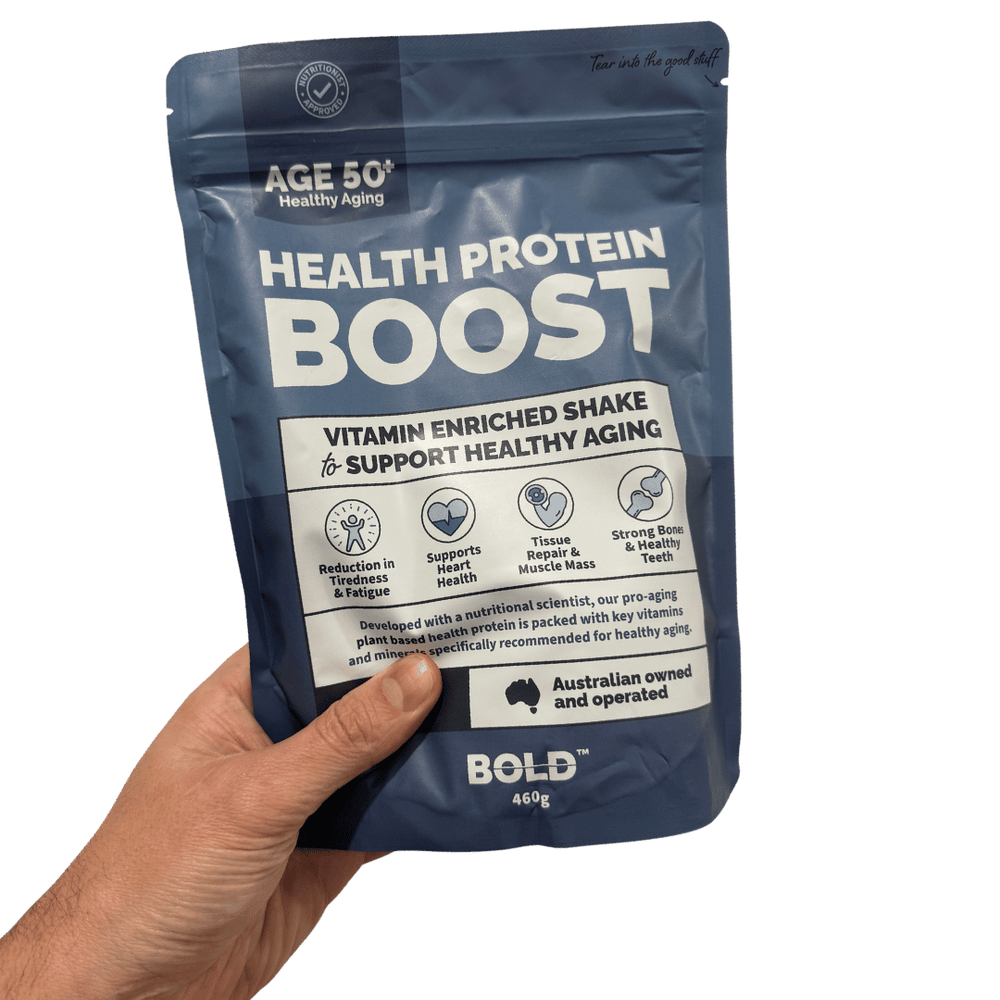How does Vitamin D from the sun get converted into benefits for the Body?
What's in this Article
- A brief Scientific overview
- An analogy to make it easier to understand
- Vitamin D and aging skin
- All the ways we can get Vitamin D
- Detailed scientific overview
The short science
Exposure to sunlight converts a skin precursor, 7-dehydrocholesterol (the basic raw material for the synthesis of vitamin D stored in the skin), into vitamin D3; this compound is then transported to the liver and kidneys, where it undergoes transformations, ultimately yielding the active form, calcitriol, which plays a vital role in maintaining balance for calcium and phosphorus in the body.

A sunny analogy to make it easier to understand
Imagine your skin as a solar panel, and sunlight as the energy source. This "solar panel" contains a special material called "sunlight-absorbing cells." When exposed to sunlight, these cells convert the sunlight into a raw form of energy, let's call it "sun-energy beads."
Now, these sun-energy beads need to go through a refining process to become a useful energy currency. They travel through a transportation system (bloodstream) to a refining facility in the liver. In the liver, these raw sun-energy beads undergo a refining process, turning them into a more standardized and transportable form, which we'll call "refined sun-energy beads."
But wait, for these refined sun-energy beads to be truly valuable and ready for use, they need one more round of refining. This final refining process takes place in the kidneys, turning the refined sun-energy beads into the most potent and active form, which we can now call "supercharged sun-energy beads" or simply "sun-power."
These supercharged sun-energy beads are then released into the energy distribution system of the body, where they play a vital role in maintaining the balance and harmony of various processes, especially in managing the levels of calcium and phosphorus. In this way, the sunlight that initially hit your "solar panel" is transformed into a powerful and indispensable energy form, contributing to the overall well-being of your "energy grid" (body)
Vitamin D and aging skin
The concentration of 7-dehydrocholesterol in the skin tends to decrease with age. As people age, several factors contribute to changes in the production of vitamin D:
- Reduced Skin Thickness:
- With age, there is a natural thinning of the skin. Thinner skin may have a reduced capacity to produce vitamin D in response to sunlight exposure.
- Decreased Skin Cell Activity:
- The activity of skin cells, including those containing 7-dehydrocholesterol, may decline with age, affecting the conversion process.
- Decreased Sunlight Exposure:
- As we get much older we may spend less time outdoors or have reduced sunlight exposure due to factors such as mobility issues, institutionalization, or concerns about skin health.
- Reduced Efficiency of Skin Processes:
- The efficiency of skin processes, including the conversion of 7-dehydrocholesterol to cholecalciferol, may decrease with age.
These factors, along with other individual variations, can contribute to a decline in the production of vitamin D through sunlight synthesis in older individuals. As a result, older adults may be at an increased risk of vitamin D deficiency, which is associated with various health issues, including bone health problems.
Regular exposure to sunlight, a balanced diet, and appropriate supplementation can help address vitamin D needs, especially in populations at risk of deficiency.
All the ways we can get Vitamin D
Vitamin D is a fat-soluble vitamin that can be obtained through diet, supplements, and synthesized by the skin upon exposure to sunlight. The process of absorption and utilization of vitamin D involves several steps:
- Sunlight Synthesis:
- The skin contains a precursor molecule called 7-dehydrocholesterol.
- When the skin is exposed to ultraviolet B (UVB) sunlight, this precursor is converted into vitamin D3 (cholecalciferol).
- Dietary Sources:
- Vitamin D can be obtained from certain foods, such as fatty fish (salmon, mackerel), fortified dairy products, egg yolks, and some fortified cereals.
- Digestion and Absorption:
- If obtained through the diet, vitamin D is incorporated into dietary fats.
- During digestion, bile salts in the small intestine help break down dietary fats, releasing vitamin D.
- Vitamin D is then absorbed into the lymphatic system.
- Transport in the Blood:
- Vitamin D is transported in the bloodstream by vitamin D-binding protein (DBP) to the liver.
- Conversion in the Liver:
- In the liver, vitamin D undergoes hydroxylation, converting it into 25-hydroxyvitamin D [25(OH)D], also known as calcidiol.
- Conversion in the Kidneys:
- The 25(OH)D is then transported to the kidneys, where it undergoes another hydroxylation step, converting it into the biologically active form, 1,25-dihydroxyvitamin D [1,25(OH)2D], also known as calcitriol.
- Calcitriol's Role:
- Calcitriol is the active form of vitamin D and plays a crucial role in maintaining calcium and phosphorus balance in the body.
- It enhances the absorption of calcium and phosphorus in the small intestine.
- Target Tissues:
- Calcitriol acts on various target tissues, including the bones and intestines, to regulate calcium and phosphorus metabolism.
BOLD Health Protein has 25% of your daily recommended intake of Vitamin D - for the days you can't get enough through the sun and your diet
A more detailed scientific overview - the process explained step by step
- Sunlight Exposure:
- Your skin produces a precursor molecule called 7-dehydrocholesterol when exposed to ultraviolet B (UVB) sunlight.
- Skin Synthesis of Vitamin D3:
- UVB sunlight triggers a reaction that converts 7-dehydrocholesterol into cholecalciferol (vitamin D3) in the skin.
- Blood Transport:
- Vitamin D3 is transported through the bloodstream, bound to vitamin D-binding protein, to reach the liver.
- Liver Conversion:
- In the liver, cholecalciferol is converted into 25-hydroxyvitamin D [25(OH)D], also known as calcidiol.
- Kidney Activation:
- Calcidiol is further processed in the kidneys, where it undergoes another hydroxylation step, converting it into the active form, 1,25-dihydroxyvitamin D [1,25(OH)2D], or calcitriol.
- Calcitriol's Role:
- Calcitriol plays a crucial role in regulating calcium and phosphorus metabolism in the body, influencing processes such as bone health.
This process ensures that sunlight exposure leads to the synthesis of biologically active vitamin D in the kidneys, contributing to overall calcium and phosphorus balance in the body.


